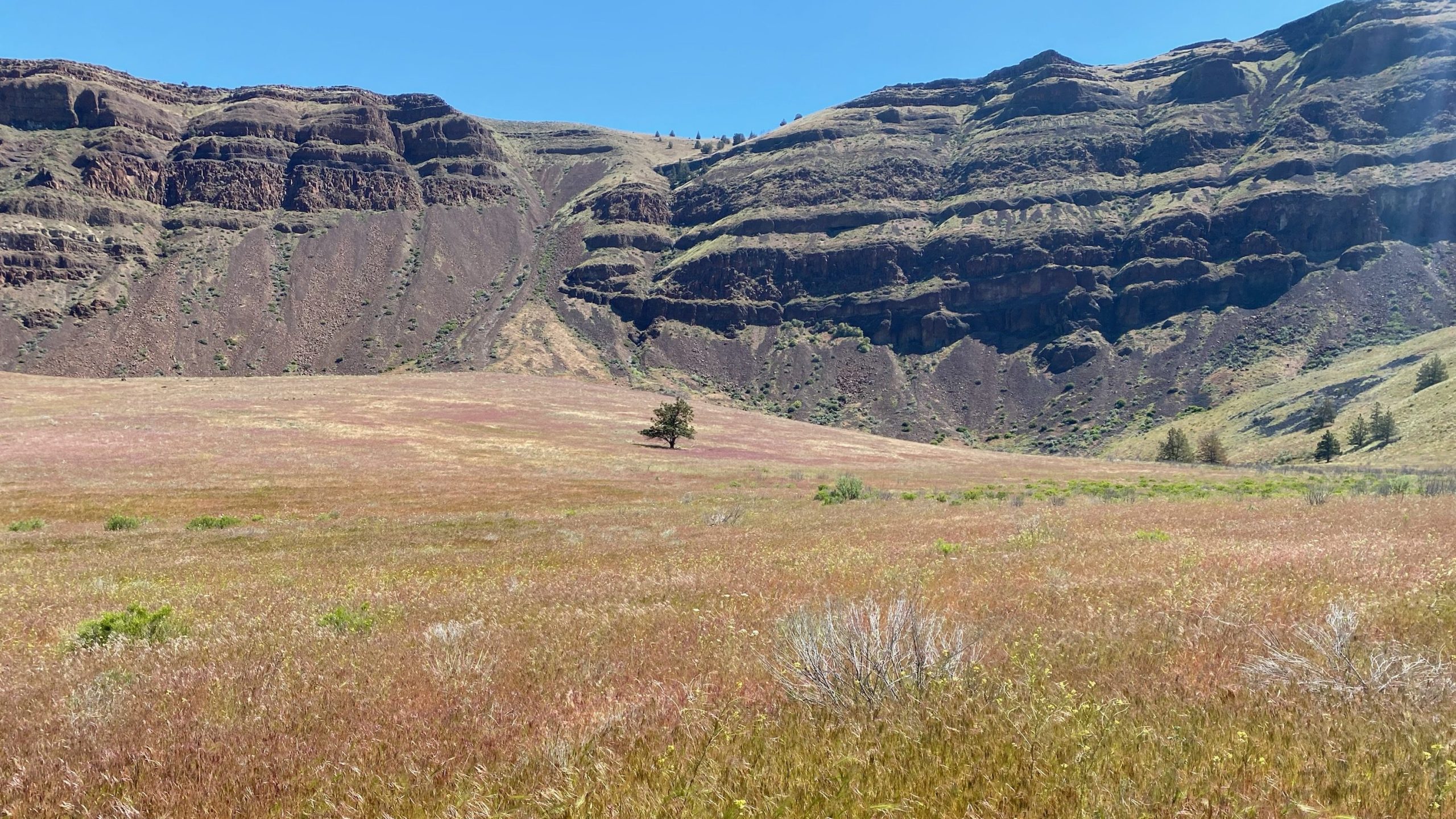
Central Oregon
Central Oregon
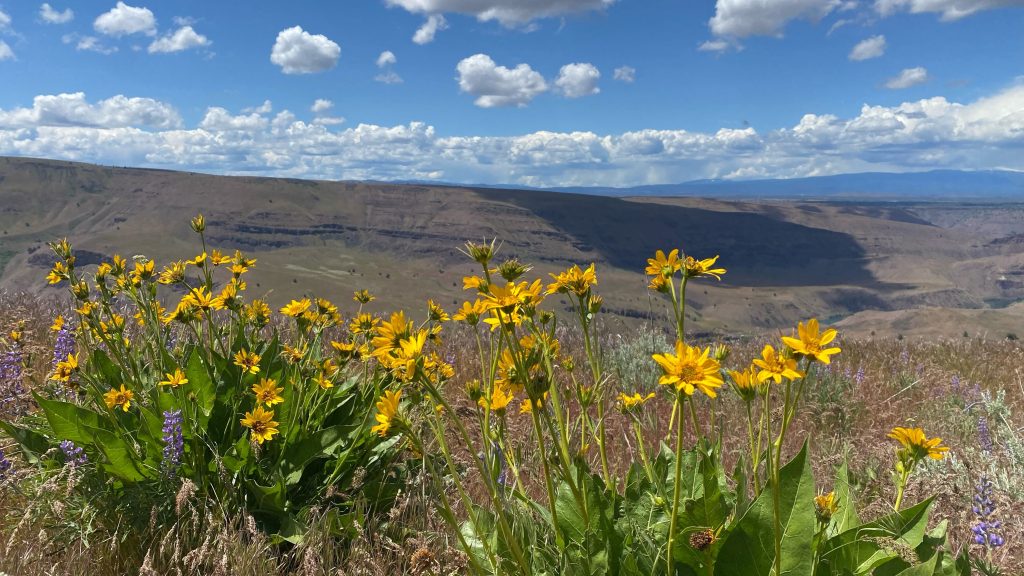
Explore the unique and rugged landscape of Central Oregon’s high desert. This backpacking trip gives participants the opportunity to practice route finding, learn about desert ecology, and take in wide open views. Abundant wildflowers, stunning night skies, and multiple species of lizard are just a few of the beautiful things to experience in this arid, remote environment.
Available Trips
Registration not currently open
Highlights
Wildflowers – Desert landscapes – Wildlife
Difficulty Level
Intermediate: Moderate elevation gain and loss, uneven trails, rocky terrain.
Length
Three days
2023 Schedule:
June 20-22
Price: $450
Includes gear rental and all entrance fees, permits, and passes.
Our mission is to make outdoor recreation accessible to all. If you cannot afford the total trip cost right now, please send us a brief message to request a discount form.
Photo Gallery
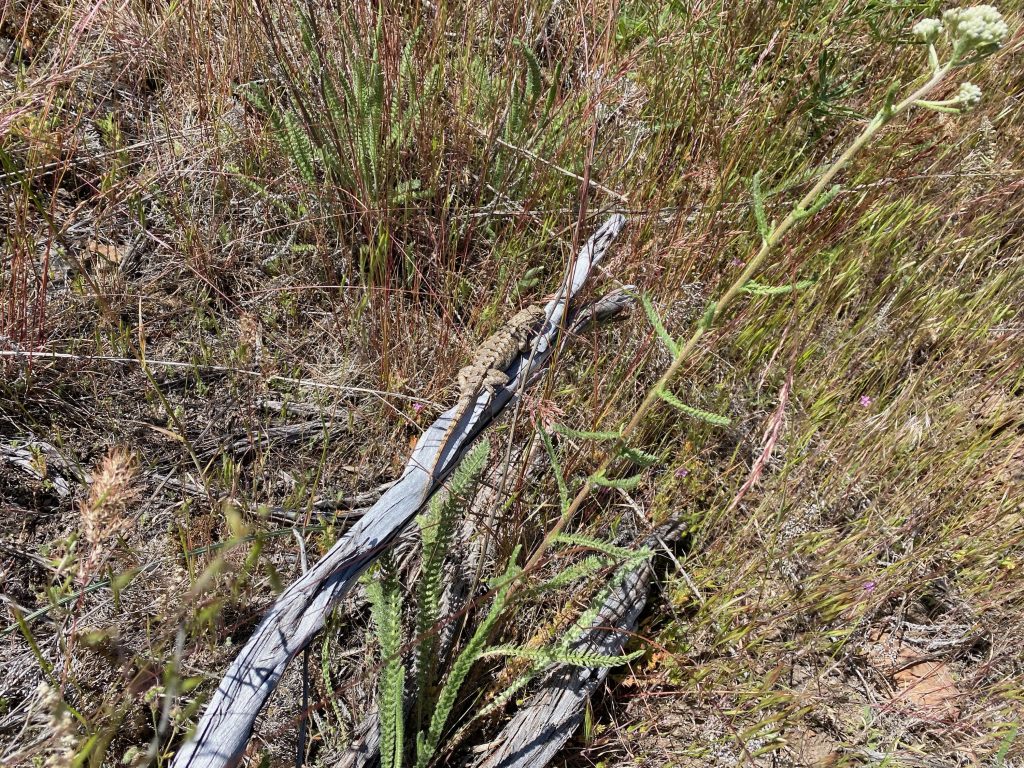
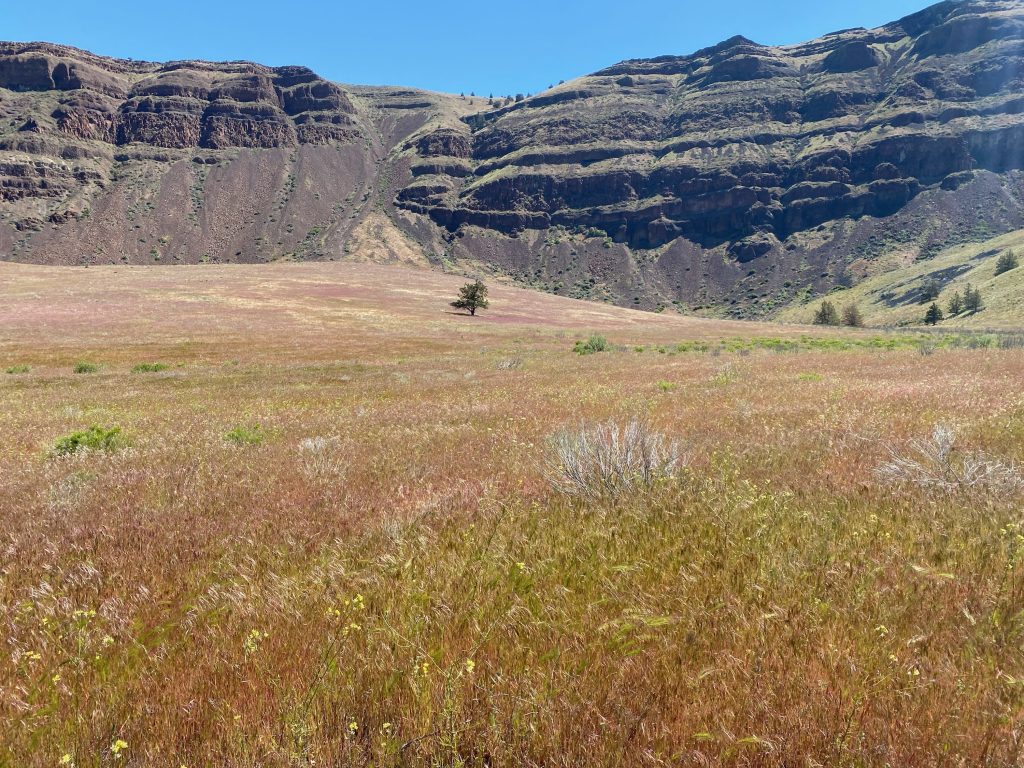

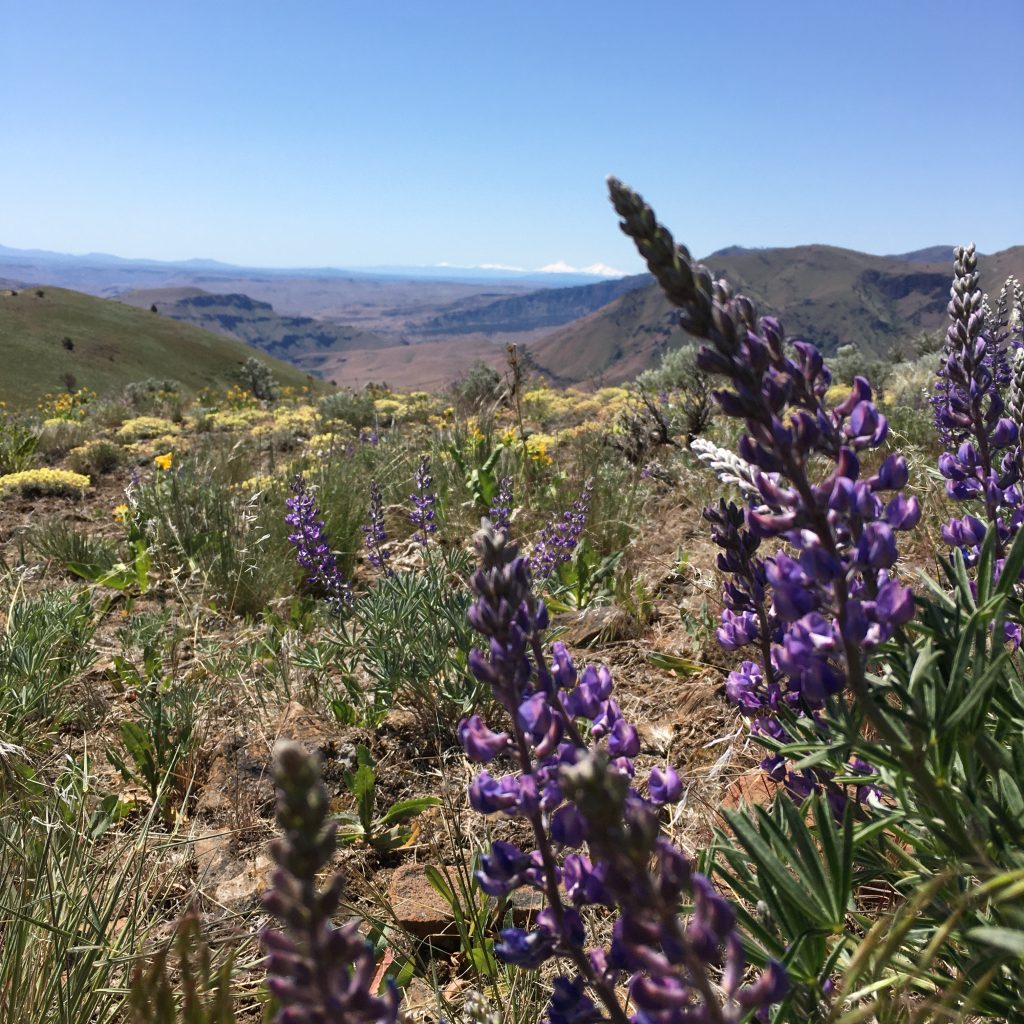
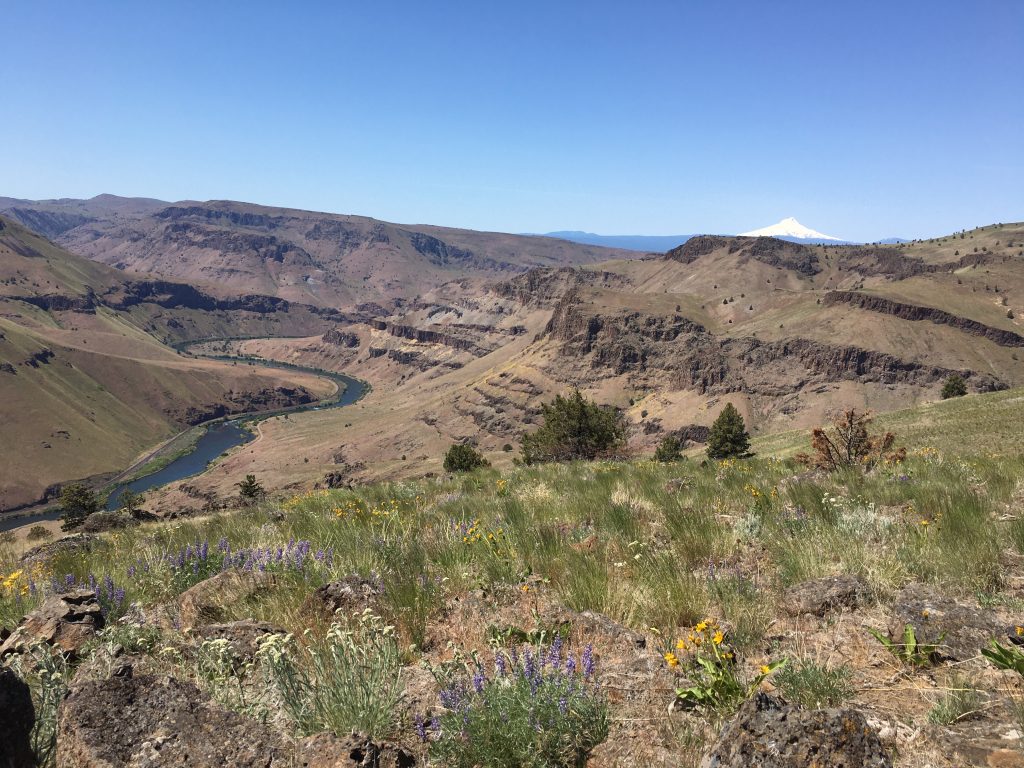
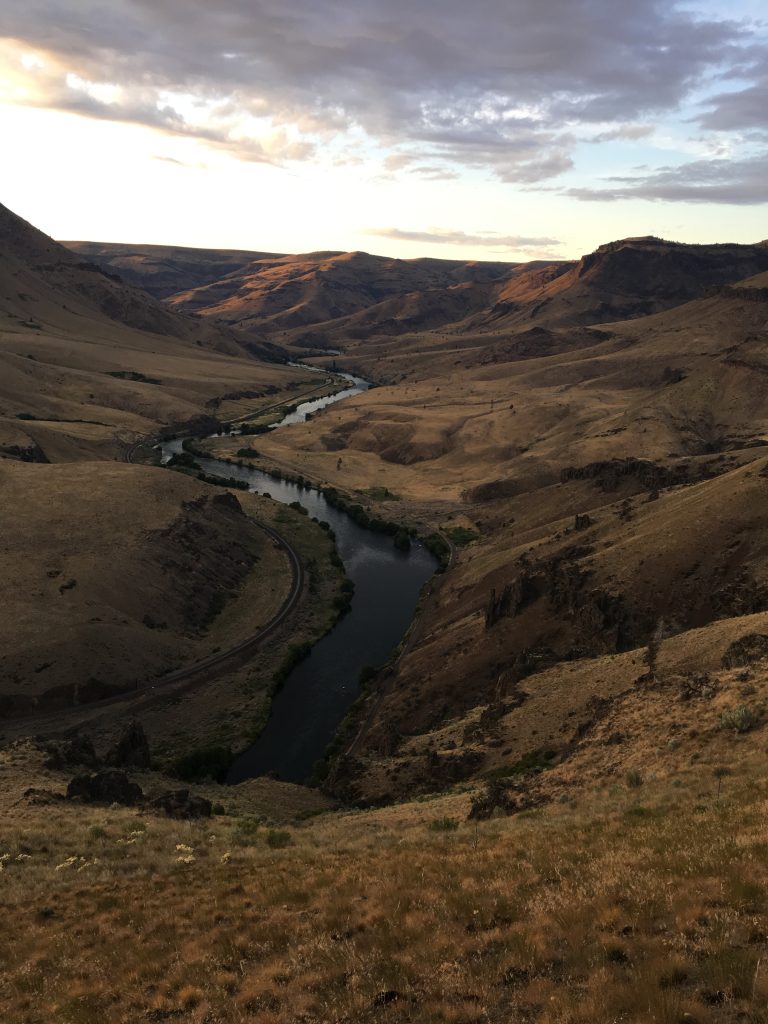
Trip Details
Itinerary
- Day 1:
- Orientation
- Backpack in and camp
- Day 2: Practice using a map and compass to find the second night’s campsite.
- Day 3: Backpack out
Learning Goals
- Leave no trace
- Gear management
- Plant and wildlife identification
- Basic backpacking skills such as cooking, campfires, filtering water, first-aid
- Map reading
- Local geography
- Cultural history
Logistics
- Meet Location: TBD
- Meet Time: 7 AM
- Pick-up Location: TBD
- Pick-up Time: Approximately 4-6 PM, guides will reach out to guardians to communicate ETA
Gear Provided
- Tent
- Backcountry sleeping pad
- Multi-day backpack
- Sleeping bag
- All entrance fees, permits and passes
- First-aid kit and satellite phone
- Group kitchen and food service gear
Paperwork
Indigenous Land
Tenino
“At the time of creation the Creator placed us in this land and He gave us the voice of this land and that is our law.”
Sahaptin phrase foundational to Tenino society
“Today the ancient spirit of the Creator still dwells in all the places of our homeland, as it always has and always will. Our national sovereignty protects that spirit, our land and waters, our people, and our vibrant culture, religion and language.”
from the Confederated Tribes of Warm Springs Declaration of Sovereignty, 1992
The Tenino people, also known as the Warm Springs bands, lived a semi nomadic lifestyle along the tributaries of the river now called the Columbia. They moved up and down the rivers with the seasons, hunting, fishing, and foraging for roots and berries. Like many other tribes in the region, salmon was a major food source. The Tenino harvested the fish by building elaborate scaffolding over waterfalls, from which they scooped the salmon out of the water with long handled dip nets. They still fish in this way today at Sherars Falls on the Lower Deschutes. The Tenino people spoke Sahaptin, but they maintained a close and mutually beneficial relationship with the Wasco people living along the Columbia, who spoke Chinookan.
The Tenino and Wasco people ceded approximately ten million acres of land to the United States Government in 1855, and moved to the Warm Springs Reservation. They now lived ninety miles from the Columbia River which had been a center-point for their culture and whose resources had been the basis of their economic system, and in response they adapted and innovated to maintain their society and community. In 1879, a small band of the Northern Paiute moved to the Warm Springs Reservation when they were forced from their Southeastern Oregon homelands after joining the Bannocks in fighting for their lands. Historically, the Paiute, who lived a nomadic lifestyle on the high plains and spoke a Shoshone dialect, had not been allies of the Wasco or Tenino people, but today, the three tribes are organized together and govern themselves as the Confederated Tribes of Warm Springs.
The Confederated Tribes of Warm Springs are actively involved in protecting and nurturing their cultural resources, caring for and supporting their community, and stewarding the land and waterways of their ancestral homelands. Their Fish Habitat Program has received the national “Rise to the Future” award by the U.S. Forest Service, and they are currently leading a project to restore the John Day watershed in Eastern Oregon.

